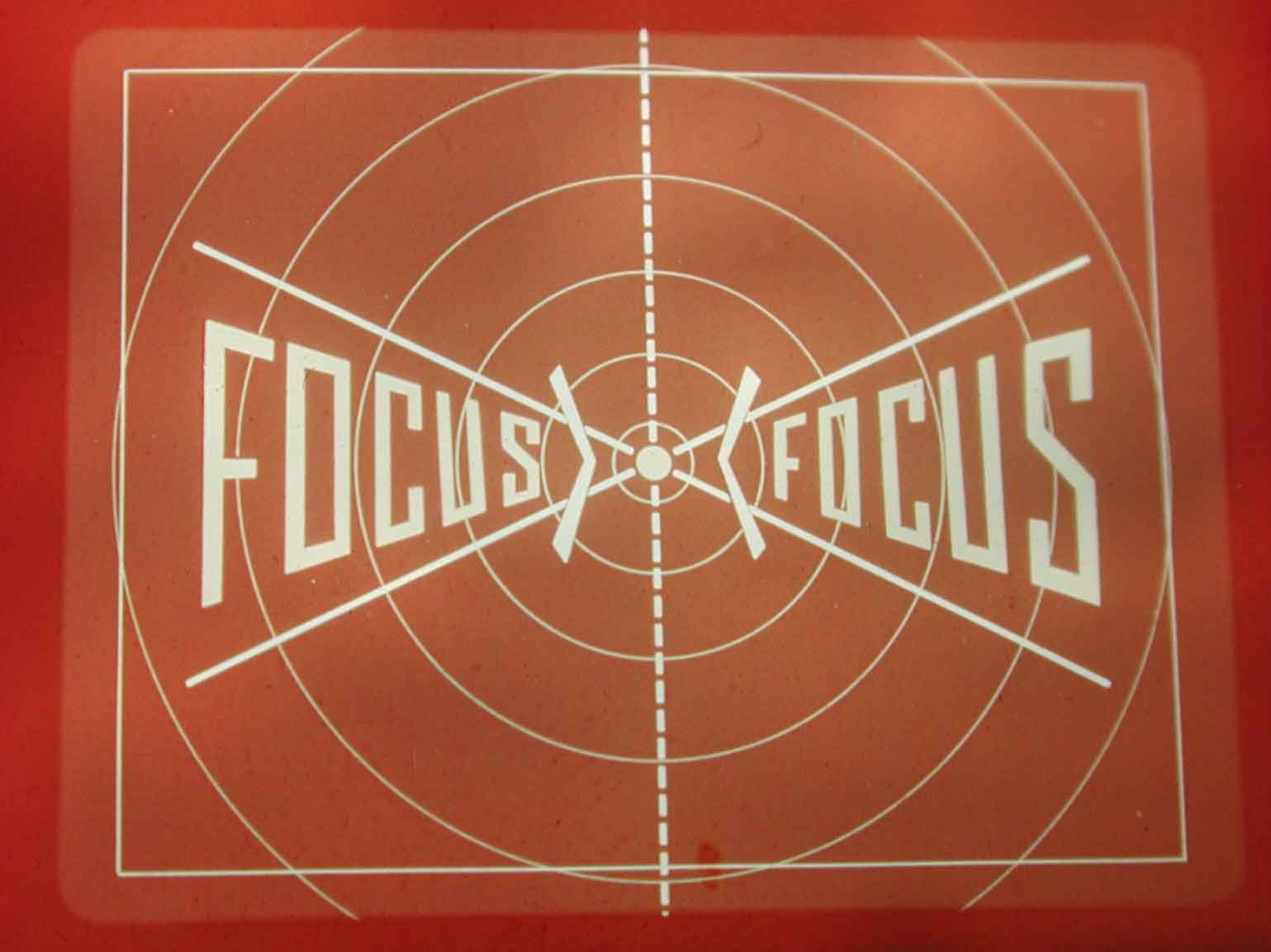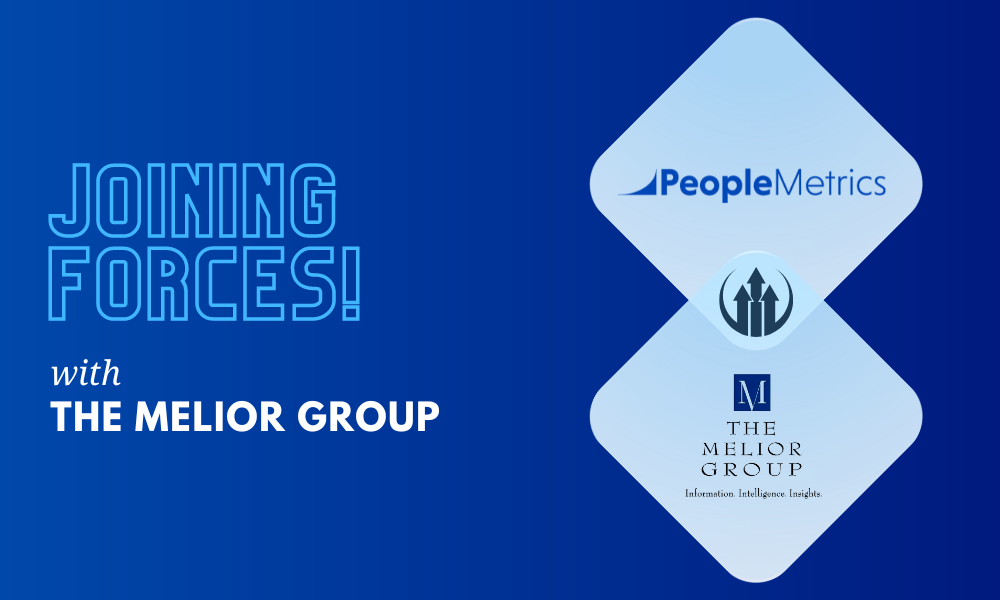We’ve written about why we think customer experience is the future of branding, and we’ve given you tips for transforming your workplace into one with a customer-centric culture.
But let’s back up a bit and talk about your relationship with customer feedback. Because if you want to fix your customer experience, you two should be close. Real close.
When you ask for customer feedback, be prepared to respond appropriately. So snuggle up, friends. Get comfortable. Let’s go over 3 reasons why customer feedback is crucial to your customer experience strategy (in no particular order).

1. Customer feedback can validate perception and/or smash it into pieces.
Any two-way interaction—like the one between you and your customers—is an exercise in exploration and translation. When interacting, both sides come to a common ground with their own perspective.
Knowing that the connection is tenuous, why would you project your worldview on the customer?
To examine how biased your own perception can be, try to remember a job interview or a first date—the hours after in particular. What went through your head? Did you think you did well? Did you think you bombed? What actually happened? Did you expect a job offer, only to never get one? Did you get a call back for another date?
Imagine if you had a cheat sheet. If you had the ability to see the interaction from the other person’s perspective.
In the world of business, data’s that cheat sheet. Customer feedback is data that you can use to find out if your instincts about your customers are correct or way off base.
2. Customer feedback makes the customer tangible.
It’s easy to say, “We’re customer-centric,” or “We do what’s best for our customers.” Try it. No one will stop you. I just did it twice. (I got stares, but no one stopped me.)
While it’s easy to say you’re focused on your customers, it’s difficult to tactically bring your customer into every business decision. “The customer” is an amalgam of hundreds or thousands of people. How can you involve them in your corporate decision making?
That’s why we write so often about listening and responding to customer feedback. It’s powerful to listen to what individual customers say, address their concerns, and support the things they like. Because it creates customer-centric habits and builds trust with customers. It helps everyone in your business make better decisions for customers at a personal, individual level.
To make customer-centric decisions on a broader scale, you can analyze your customer feedback in aggregate. Aggregate customer data allows you to spot trends and see the effects of your customer experience efforts on your customer base. It makes “the customer” tangible. (To further emphasize this effect, one of our customers added stick figures to all of its conference rooms. Similarly, early on in Amazon’s history, Jeff Bezos put an empty chair at the end of conference tables for the same effect.)

3. Customer feedback can help you focus your energy.
Simple issues can balloon when the goal is unclear. They can become big, hairy problems with countless and ambiguous moving parts. However, if you can clarify the goal and the metrics that define success, then you can deflate them into simpler issues again.
When trying to achieve your customer experience goals, it’s important to pick metrics and make them clear to everyone involved. For example, if you’re trying to raise customer engagement, you might choose Net Promoter Score as your metric. Then you might incentivize it. (As in: “Dear employees, we’ll give you $1,000 for every full point that metric goes up.”)
Then? Well, you’d have a focused group of coworkers.

The Road to Collecting Customer Feedback
I wish you the best in your relationship with customer feedback. May it blossom into a new world of customer-centric awareness. But if you’re not sure where to start, you can check out my colleague Kate’s post, “How to Start Collecting Customer Data.” And don't hesitate to reach out to us if you have any questions about customer feedback management. You can also download a free ebook here:





